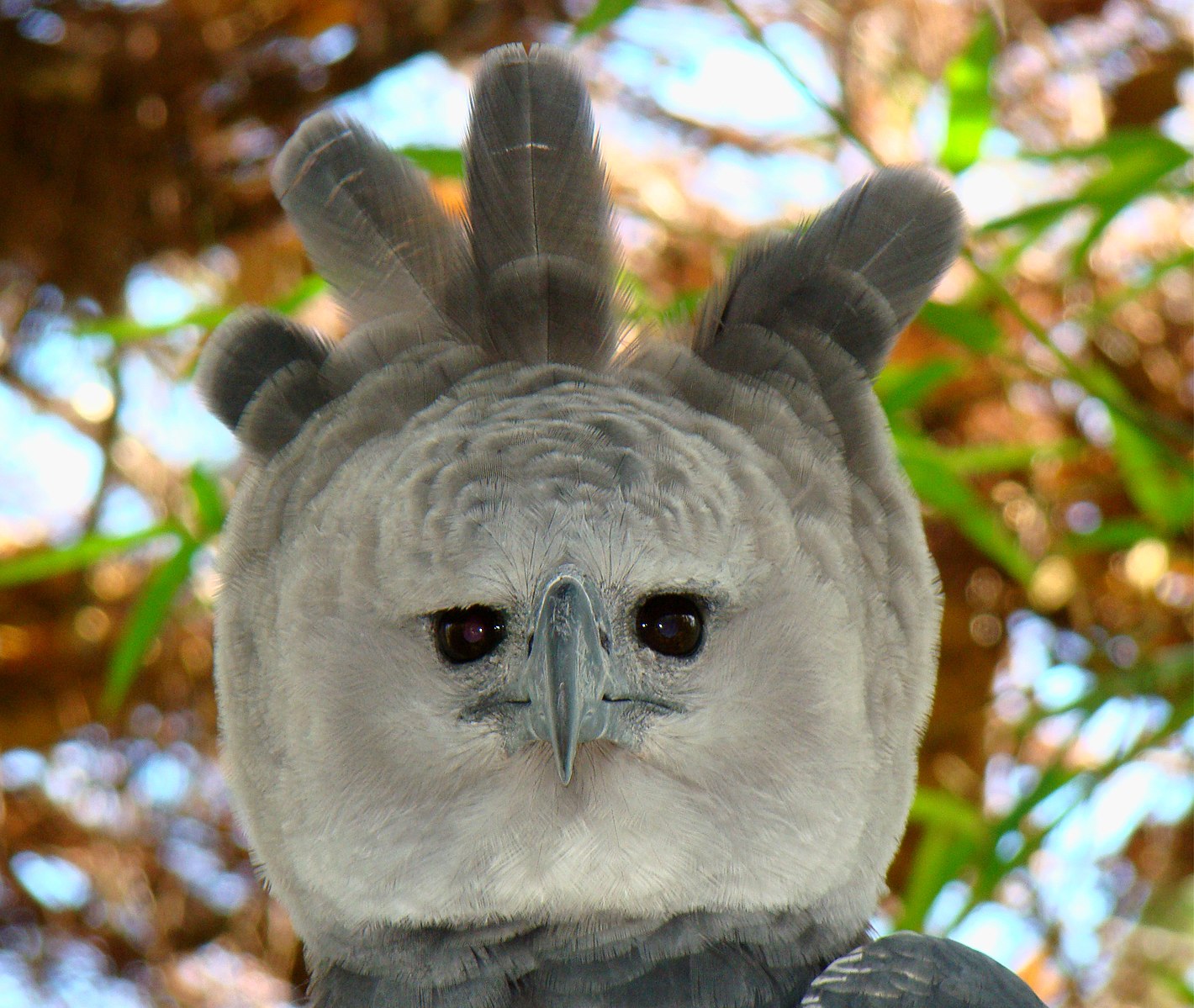Harpy Eagles (Harpia harpyja) are known for their impressive size, strength, and hunting prowess, but do they actually hunt at night? The answer is no – Harpy Eagles are primarily diurnal, meaning they are active during the day and rest at night. Their hunting activities are typically concentrated around dawn and dusk, a behavior known as being crepuscular.
Harpy Eagles’ Hunting Behavior
Harpy Eagles are adapted to hunt in the dense rainforest canopy, using their keen eyesight and hearing to locate their prey. They prefer to perch and scan the area for movement, occasionally taking short flights from tree to tree to get a better vantage point. This hunting strategy is more effective during the day when there is ample light to spot their prey, which consists mainly of tree-dwelling mammals such as sloths, monkeys, and opossums.
Reasons Why Harpy Eagles Don’t Hunt at Night
-
Eyesight Limitations: Harpy Eagles, like most birds of prey, have excellent daytime vision, but their eyesight is not as well-suited for low-light conditions. Their eyes are adapted to function optimally in bright light, making it more challenging for them to spot and track prey in the dark.
-
Hearing Challenges: While Harpy Eagles have excellent hearing, which they use to locate their prey, the dense foliage of the rainforest can muffle and distort sounds at night, making it harder for them to pinpoint the location of their targets.
-
Prey Behavior: Many of the Harpy Eagle’s primary prey species, such as sloths and monkeys, are also more active during the day, making them easier to spot and hunt. At night, these animals may be less active or more difficult to locate.
-
Predator Avoidance: Harpy Eagles are at the top of the food chain in their habitat, but they may face increased risks from other nocturnal predators, such as jaguars or pumas, if they were to venture out at night. Staying in the safety of their nests or roosting sites during the night helps them avoid these potential threats.
Harpy Eagles’ Hunting Techniques
 Image source: Harpy Eagle by Bjørn Christian Tørrissen
Image source: Harpy Eagle by Bjørn Christian Tørrissen
Harpy Eagles employ a variety of hunting techniques to capture their prey, all of which are better suited for daytime conditions:
-
Perch Hunting: Harpy Eagles will often perch on a high branch or tree trunk, scanning the surrounding area for any movement or signs of their prey. They can remain motionless for long periods, waiting patiently for the right moment to strike.
-
Aerial Hunting: Harpy Eagles are also capable of hunting on the wing, soaring high above the canopy and then diving down to surprise their prey. This technique requires good visibility to spot their targets from a distance.
-
Ground Hunting: Occasionally, Harpy Eagles will descend to the forest floor to hunt for small ground-dwelling animals, but this is less common than their canopy-based hunting strategies.
Harpy Eagles’ Adaptations for Daytime Hunting
Harpy Eagles have several physical adaptations that make them well-suited for daytime hunting:
- Powerful Talons: Their massive, hooked talons can exert up to 530 pounds of pressure per square inch, allowing them to easily crush the bones of their prey.
- Keen Eyesight: Harpy Eagles have excellent binocular vision, with the ability to spot prey from great distances.
- Impressive Size and Strength: Harpy Eagles are one of the largest and most powerful raptors in the world, with a wingspan of up to 7.5 feet and the ability to carry prey that weighs up to 20 pounds.
Conclusion
In summary, while Harpy Eagles have the physical capabilities to hunt at night, they are primarily diurnal hunters, with their peak activity occurring during dawn and dusk. Their hunting strategies and adaptations are better suited for daytime conditions, where they can effectively locate and capture their tree-dwelling prey using their impressive eyesight, hearing, and powerful talons.


